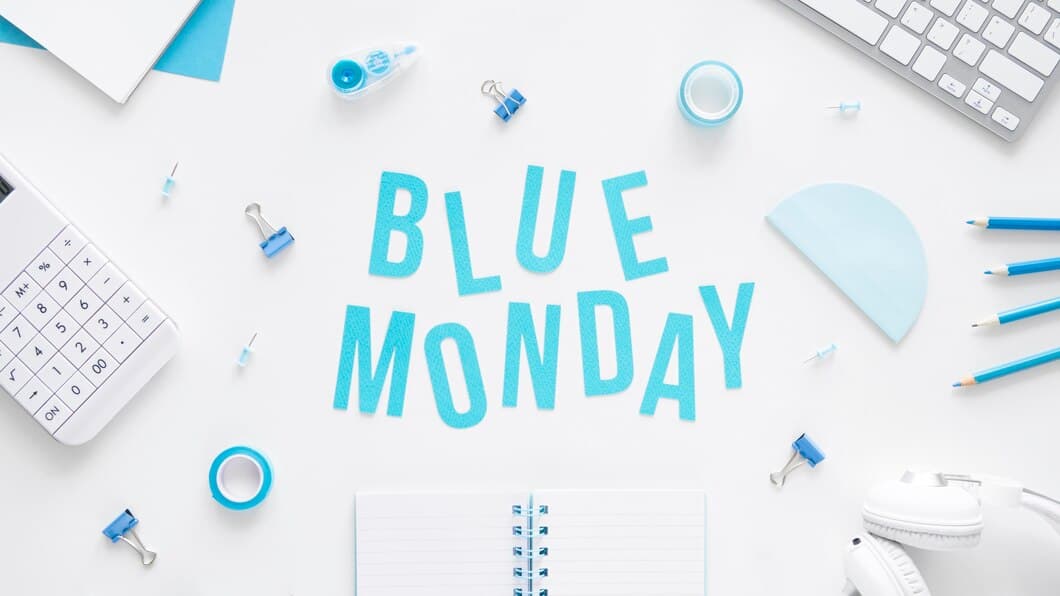* How To Clean A Laptop Keyboard With Sticky Keys Without Removing Keys And Without Alcohol?

A laptop keyboard is a crucial component that allows users to interact with their device. However, over time, keys can become sticky due to dirt, dust, and other debris. Cleaning a laptop keyboard can be challenging, especially if you don't want to remove the keys or use alcohol. Fortunately, there are several effective methods to clean sticky keys without resorting to these measures.
One simple and effective method involves using a soft cloth or cotton swab dipped in isopropyl alcohol. Gently wipe the keys to remove any visible dirt or debris. Alternatively, you can use a compressed air can to blow out any loose particles from between the keys. If the keys are particularly sticky, you can try using a cotton swab dipped in a mild soap solution, but be sure to dry the keys thoroughly afterward to prevent any damage.
* Use a compressed air can to blow out loose debris.
If you don't have rubbing alcohol, you can use a can of compressed air to remove dirt and debris from the keyboard. To use, hold the can upright and point the nozzle at the affected area. Use short bursts of air to dislodge debris. Be careful not to spray into the USB port, headphone jack, or other openings on the laptop.
Compressed air is a great way to remove dust and other loose debris from your keyboard. It's easy to use and doesn't require any special skills or tools. Simply hold the can upright and point the nozzle at the affected area. Use short bursts of air to dislodge debris. Be careful not to spray into the USB port, headphone jack, or other openings on the laptop.
* Use a soft brush or cotton swab to gently brush away any remaining debris.
If the keys are still sticky, you can try using a soft brush or cotton swab to gently brush away any remaining debris. Be careful not to press too hard, as you could damage the keys.
If the keys are still sticky, you can try using a soft brush or cotton swab to gently brush away any remaining debris. Be careful not to press too hard, as you could damage the keys.
If the keys are still sticky, you can try using a soft brush or cotton swab to gently brush away any remaining debris. Be careful not to press too hard, as you could damage the keys.
If the keys are still sticky, you can try using a soft brush or cotton swab to gently brush away any remaining debris. Be careful not to press too hard, as you could damage the keys.
* Use a lint-free cloth dampened with water to wipe down the keys.
If the keys are sticky due to spilled water, a lint-free cloth dampened with water can be used to wipe down the keys. Make sure the cloth is not dripping wet, as this could damage the laptop. Use a light touch and wipe in the direction of the keys, starting from the top of the keyboard and working your way down. Avoid using harsh chemicals or abrasive cleaners, as these could damage the keys or the finish of the keyboard.
Once you have wiped down the keys with the damp cloth, use a dry lint-free cloth to dry them thoroughly. This will help to prevent any water from getting into the laptop and causing damage. If the keys are still sticky after drying, you can try using a cotton swab dipped in isopropyl alcohol to clean them. Be sure to test the alcohol on a small area of the keyboard first to make sure it does not damage the finish.
If the keys are still sticky after trying the above methods, you may need to take the laptop to a professional for cleaning. They will be able to use specialized tools and techniques to clean the keys and restore them to proper working order.
* Use a key cleaning slime to pick up any remaining dirt or debris.

Once the keys are clean, you may still notice some dirt or debris stuck in the crevices. To remove this, you can use a key cleaning slime. This is a putty-like substance that can be pressed into the crevices and pulled out, taking the dirt with it.
To use the slime, simply knead it until it is soft and pliable. Then, press it into the crevices of the keyboard, making sure to get into all the nooks and crannies. Pull the slime out and you will see that it has picked up the dirt and debris.
If there is still some dirt or debris left over, you can repeat the process until the keyboard is clean. Once the keyboard is clean, you can use a clean cloth to wipe away any excess slime.
* Use a cotton swab dipped in vinegar to clean the keys if they are still sticky.
If the keys are still sticky after the first cleaning, you can try using a cotton swab dipped in vinegar to clean them. Vinegar is a natural acid that can help to dissolve the sticky residue. Be sure to wring out the cotton swab so that it is not dripping before you use it, and be careful not to get any vinegar on the laptop's screen.
If you are still having trouble cleaning the keys, you may need to remove them. To do this, you will need a small screwdriver. Be careful when removing the keys, as they can be easily damaged. Once the keys are removed, you can clean them with a cotton swab dipped in vinegar or rubbing alcohol. Be sure to dry the keys completely before you put them back on the laptop.
* Use a cotton swab dipped in rubbing alcohol to clean the keys if they are still sticky.
If the sticky keys persist after vacuuming or using a compressed air duster, consider using a cotton swab slightly dampened with rubbing alcohol. Gently wipe the keys with the swab, ensuring you don't oversaturate the keys or allow any liquid to seep beneath them.
If you lack rubbing alcohol, you can try using a soft cloth or cotton swab slightly dampened with water. However, rubbing alcohol is more effective in dissolving sugary residue and grime.
Remember to test the cleaning solution on an inconspicuous area of the keyboard first to ensure it doesn't damage the keys or coating.
* Use a vacuum cleaner to suck up any remaining debris.
If compressed air didn't do the trick, try a vacuum cleaner. A vacuum cleaner can suck up any remaining debris that the compressed air couldn't reach. When vacuuming your keyboard, use the soft brush attachment to avoid damaging the keys.
Before you start vacuuming, turn off your laptop and unplug it from the power source. Then, hold the vacuum cleaner nozzle close to the keys and turn it on. Slowly move the nozzle over the keys, being careful not to press down too hard.
Once you've vacuumed all of the visible debris, turn off the vacuum cleaner and unplug it. Then, turn your laptop back on and test the keys to make sure they're working properly.
If you're still having trouble with sticky keys after vacuuming, you may need to take your laptop to a repair shop.
* Use a microfiber cloth to wipe down the keyboard.
For keyboards with sticky keys, a microfiber cloth is an optimal cleaning tool. Its soft fabric and tiny fibers effectively capture dirt, dust, and grime without damaging the delicate keys. The cloth's non-abrasive nature ensures it won't scratch or leave marks on the keys. Additionally, microfiber cloths are reusable, making them a cost-effective and environmentally friendly cleaning solution.
Before using the microfiber cloth, gently shake off any loose crumbs or debris from the keyboard. This step prevents these particles from getting trapped in the cloth and potentially scratching the keys during cleaning. Once the loose particles are removed, proceed to wipe down each key thoroughly with the microfiber cloth, paying attention to the spaces between the keys where dirt and crumbs often accumulate.
For stubborn stains or spills, slightly dampen a corner of the microfiber cloth with water. Avoid using excessive water, as it may seep into the keyboard and damage the internal components. Gently dab the damp area of the cloth onto the affected key and rub in circular motions to loosen the stain. Use a dry portion of the cloth to wipe away any remaining moisture and ensure the key is completely dry.
Once the keyboard is clean, allow it to air dry completely before using it. This step prevents any residual moisture from damaging the electrical components within the keyboard.
* Use a keyboard cover to protect the keyboard from future spills.
One simple and effective solution is to use a keyboard cover. These covers are made of a thin, transparent material that fits over the keyboard and protects it from spills and dust.
Keyboard covers are a great way to protect your investment and keep your laptop functioning properly. They are also easy to clean and can be washed in the dishwasher.
* Get your keyboard professionally cleaned if the above methods do not work.
If none of the above methods work, you may need to get your keyboard professionally cleaned. This is a more expensive option, but it will guarantee that your keyboard is properly cleaned and all the dirt and debris is removed.
A professional cleaning will typically involve taking the keyboard apart and cleaning each individual key. This will remove all the dirt and debris that may be causing the keys to stick.
Once the keyboard is clean, it will be reassembled and tested to make sure that it is working properly. This is a more thorough cleaning than you can do yourself, and it will likely cost more, but it is the best option if you want to ensure that your keyboard is properly cleaned.
Frequently Asked Questions
What is the best way to clean a laptop keyboard with sticky keys without removing keys?
The best way to clean a laptop keyboard with sticky keys without removing keys is to use a cotton swab dipped in isopropyl alcohol. Gently rub the cotton swab over the sticky keys until the residue is removed. You can also use a soft cloth dampened with water to clean the keys.
What can I use to clean a laptop keyboard with sticky keys if I don't have isopropyl alcohol?
If you don't have isopropyl alcohol, you can use a cotton swab dipped in white vinegar or lemon juice. These liquids are acidic and will help to dissolve the sticky residue on the keys.
How do I prevent my laptop keyboard from getting sticky in the future?
To prevent your laptop keyboard from getting sticky in the future, avoid eating or drinking while using your laptop. If you do spill something on your keyboard, clean it up immediately with a soft cloth or cotton swab. You can also use a keyboard cover to protect your keyboard from spills and dust.
How long will it take to clean my laptop keyboard with sticky keys?
The time it takes to clean your laptop keyboard with sticky keys will depend on how many keys are sticky and how dirty they are. If you have only a few sticky keys, you should be able to clean them in a matter of minutes. However, if your entire keyboard is sticky, it may take you longer to clean it.
Summary
Avoid using alcohol to clean your laptop keyboard as it can damage the keys. Instead, use a soft cloth or brush to gently remove loose debris. For sticky keys, use a cotton swab dipped in white vinegar or rubbing alcohol to clean the affected area. Remember to wipe the keys dry thoroughly after cleaning.
If the keys are still sticky after cleaning, you may need to remove them. However, this should be done cautiously as you risk damaging the keyboard. To remove a key, use a flat-head screwdriver or a keycap puller to gently pry it off. Once the key is removed, clean it with a cotton swab dipped in white vinegar or rubbing alcohol. Replace the key once it is completely dry.




